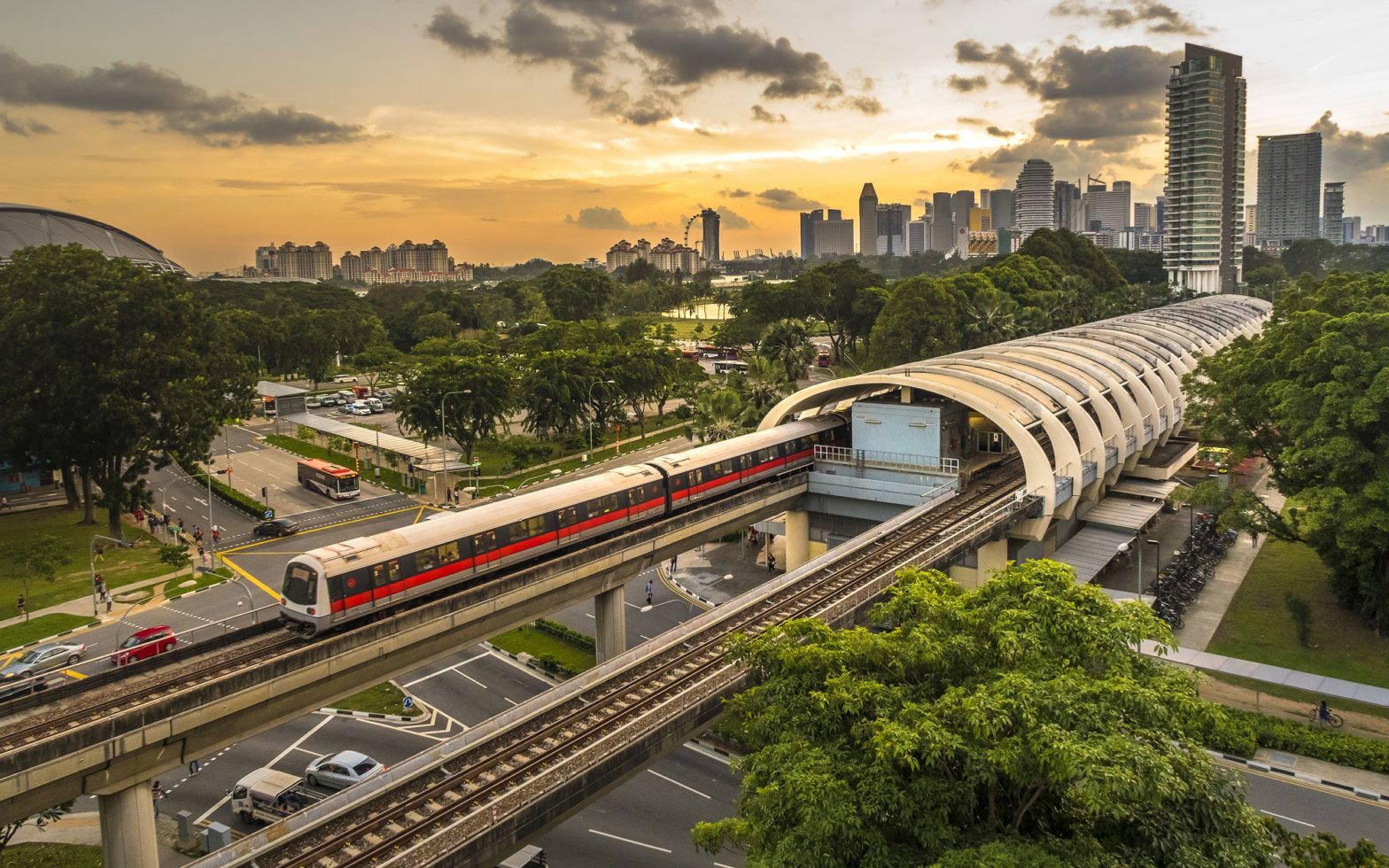
New horizons in mobility transformation: data-driven, sustainable and powerful
05 August 2022
By: Dr. Tobias Franke and Mario Stehling, AI & Mobile Solutions, PwC
Fighting climate change is one of the most important tasks of our time. A key focus area in this context is making our mobility behaviour more sustainable. An effective way to achieve this goal is to incentivise citizens to shift from private towards public transportation, which generally has a lower per capita carbon footprint. Therefore, cities around the world ask the same question: How do I optimise my public transportation offering in such a way that more people are willing to use it regularly?
Our approach
Based on our experience, we at PwC believe that finding a meaningful answer to this question usually involves three steps: First, it is necessary to gain transparency over citizens’ current mobility behaviour via reliable mobility data. In a second step, concrete insights need to be extracted from this data to draw conclusions about how to adjust the current public transportation offering. Third and last, citizens must be properly incentivised to regularly use the optimised public transportation offering.
Step 1: Gaining transparency
To understand how to improve something, we first need to understand the status quo. In the context of public transportation systems, this means we need to understand how people move around the city. This implies the need to collect reliable data about the routes people take to get from A to B and about the modality (e.g., car, bus, train, etc.) they use to do so.
Many cities simply do not have this kind of data and even cities that do usually suffer from one of two problems: One, the data is not granular enough to properly understand mobility behaviour in a city context (e.g., cell phone data). Or two, the data collection process requires considerable effort (e.g., manual surveys of travellers).
Therefore, we recommend leveraging a data source that delivers sufficiently granular mobility data while having comparatively low data collection effort. This data source is smartphones. More specifically, the various sensors built into a smartphone, like GPS, accelerometer, or gyroscope. Harnessing and combining the data from these sensors allows for creating an accurate picture of the mobility behaviour of the smartphone’s owner in terms of chosen routes and modalities.
At PwC, we have developed software that we integrate into existing smartphone applications, like the smartphone application of a local public transportation provider. This software enables accessing the smartphone’s sensors, given the smartphone owner’s permission. Using PwC’s Mobility Platform, the sensor data from thousands of smartphones can then be combined to create a city-spanning sensor network that provides full transparency of a city’s mobility behaviour.
Step 2: Extracting insights
However, having reliable data alone is not enough. We need to extract practical insights from this data to guide decision making regarding the optimisation of the public transportation offering. At PwC, we advocate to make mobility analyses as accessible as possible to empower cities and public transportation providers to take the mobility transformation into their own hands.
Therefore, we provide an easy-to-use web-based analysis interface in the PwC Mobility Platform. Using analyses such as origin-destination, modal split, or people flow, every city is thus able to extract useful insights about the use of its public transportation offering. Questions like “Which routes do citizens take between two neighbourhoods?”, “Should I implement an additional bus line or bike-sharing stations along those routes?”, or “Which subway entrances and exits are regularly overcrowded?” can therefore be answered and acted upon, making the public transportation offering more attractive in the process.
Step 3: Incentivising citizens
Having an optimised public transportation offering is great. Providing additional, explicit incentives for citizens to use it is even better. We suggest two complementary ways how cities and public transportation providers can design such incentives:
On the one hand, incentives can focus on traditional economic benefits for citizens such as discounts, vouchers, or free tickets that a citizen receives once a certain number of trips have been successfully completed using public transportation.
On the other hand, incentives can focus on highlighting environmental benefits, such as lower emissions achieved by citizens having used eco-friendly means of transportation. A suitable way of highlighting these benefits is to include a comprehensive, yet easy-to-understand breakdown of a citizen’s mobility carbon footprint in the smartphone application of the local public transportation provider. The necessary underlying information to generate such a carbon footprint breakdown for each citizen can be easily derived from the mobility data collected in the first step.
Putting it all together
At PwC, our goal is to support cities and public transportation providers in their efforts to create attractive, customer-oriented public transportation offerings. While we are aware of the many challenges that come with those efforts, we are convinced that by following these three important steps, every city can successfully master the necessary transformation towards sustainable mobility behaviour. To say it in the words of John F. Kennedy: We accept these challenges “not because they are easy, but because they are hard”.
Brought to you by:









